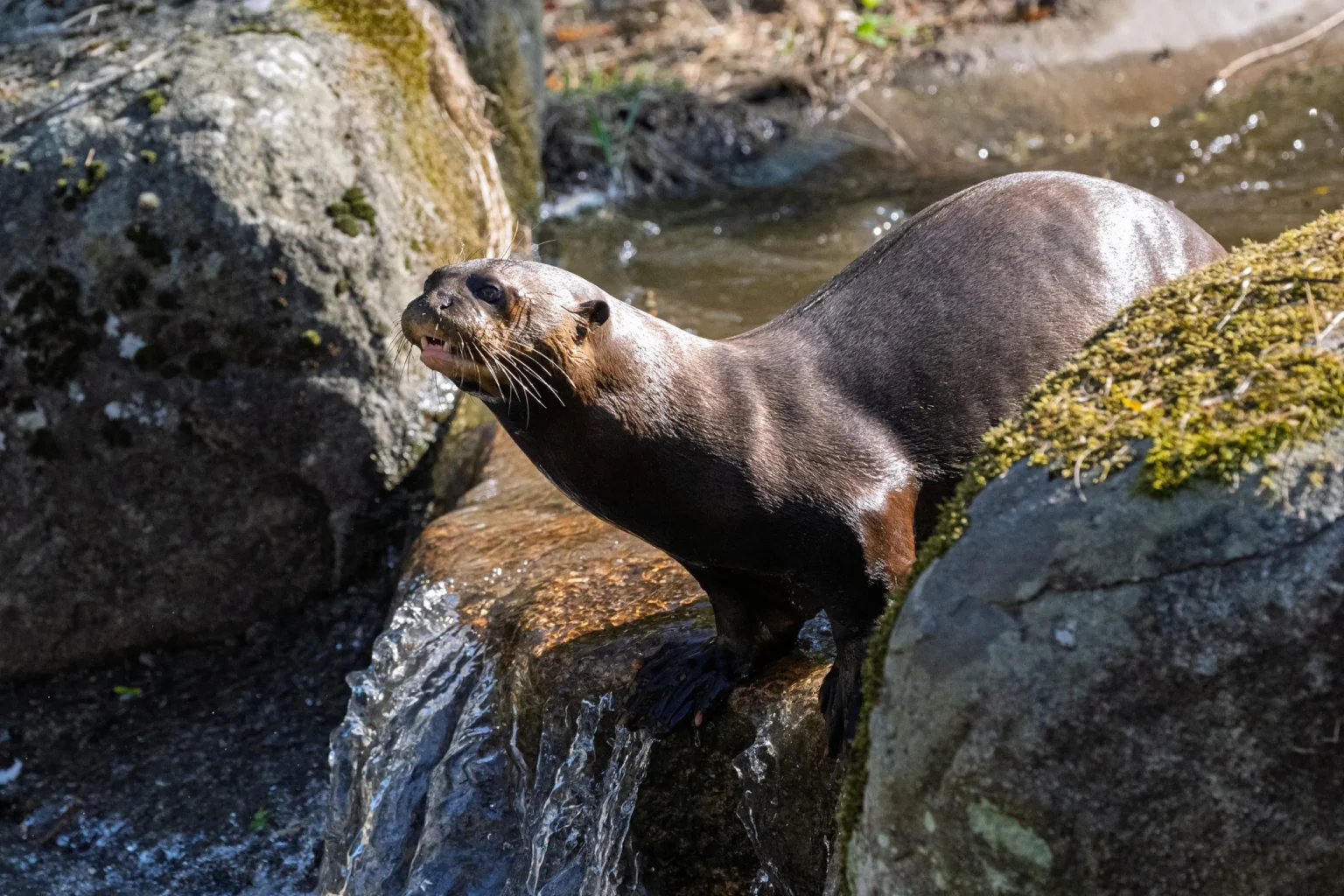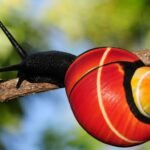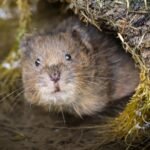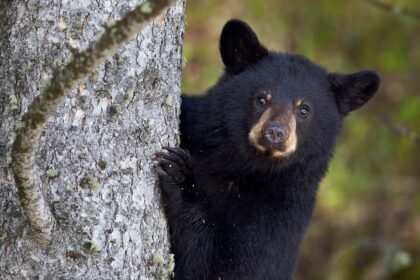Jersey Zoo Otters Settle into Their New Home
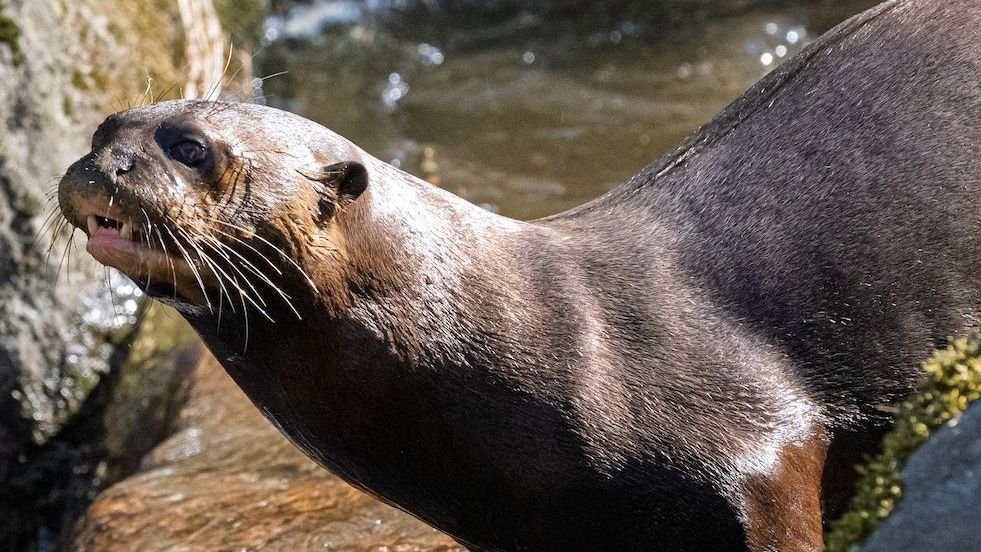
A new chapter has begun for two giant otters, Alexandra and Fia, as they settle into their habitat at Jersey Zoo. This mother and daughter pair have arrived from Yorkshire Wildlife Park and are now residing in the zoo’s South American House—an area specially designed to mimic their native environment.
Why Giant Otters at Jersey Zoo Are So Important
Giant otters, native to South America’s river systems, are not just fascinating creatures—they’re also critically important to their ecosystems. With their streamlined bodies, webbed feet, and muscular tails, they are expert swimmers and skilled predators, helping to maintain a healthy balance in aquatic food chains.
Yet despite their ecological importance, these otters are increasingly rare.
Protecting the Endangered Jersey Zoo Otters
Giant otters are officially classified as endangered by the International Union for Conservation of Nature (IUCN). Their populations have suffered dramatic declines over the past decades. Major threats include:
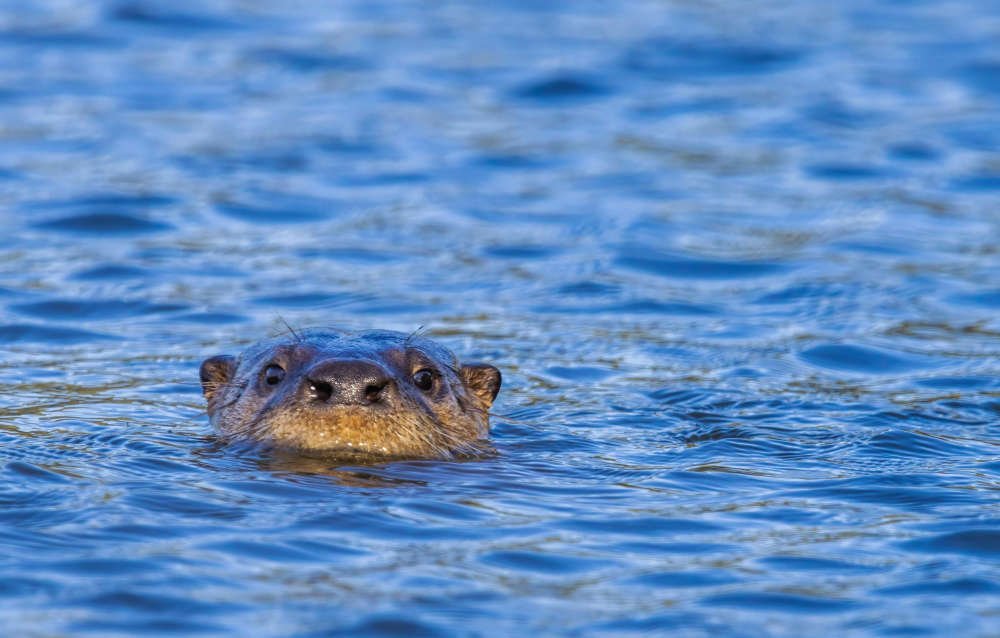
- Habitat loss due to deforestation and dam building
- Water pollution from mining and agricultural runoff
- Illegal hunting for their dense, velvety fur
In many parts of their native range, they have vanished entirely. Conservation breeding programs like the one at Jersey Zoo are essential to preserving the species.
Alexandra and Fia: Ambassadors for Conservation
Zoo officials are enthusiastic about their newest residents. Alexandra, the mother, and her daughter Fia are described as healthy and curious. Keepers say they have already begun exploring their enclosure, showcasing their strong swimming skills and playful personalities. Jersey Zoo otters.
“These otters are more than just animals to admire,” a spokesperson from the zoo explained. “They are ambassadors for their species, helping raise awareness about the challenges facing wildlife in the Amazon basin.”
A Habitat Designed for Otters
The South American House at Jersey Zoo was created to provide an enriching environment for animals from tropical ecosystems. For Alexandra and Fia, this includes:
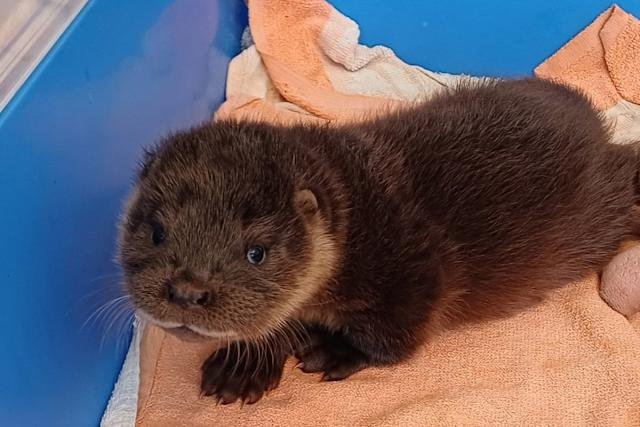
- A large freshwater pool for swimming
- Natural landscaping to simulate riverbank environments
- Quiet dens for resting and privacy
- Environmental enrichment tools to encourage natural behaviours
The design also helps visitors understand the otters’ way of life and the threats they face in the wild.
Part of a Bigger Conservation Mission
Jersey Zoo, operated by the Durrell Wildlife Conservation Trust, has a long history of protecting endangered species. Hosting Alexandra and Fia is part of a broader strategy to safeguard the future of giant otters. The zoo participates in international breeding programs that aim to maintain healthy genetic diversity within captive populations.
The hope is that, one day, conservationists may be able to reintroduce these animals into safe, protected habitats in the wild.
Visitors Can Help Too
Zoo guests can play a part in conservation simply by learning about animals like Alexandra and Fia. Through educational signage, talks by zookeepers, and interactive exhibits, visitors are encouraged to understand the impact of environmental damage on species like the giant otter.
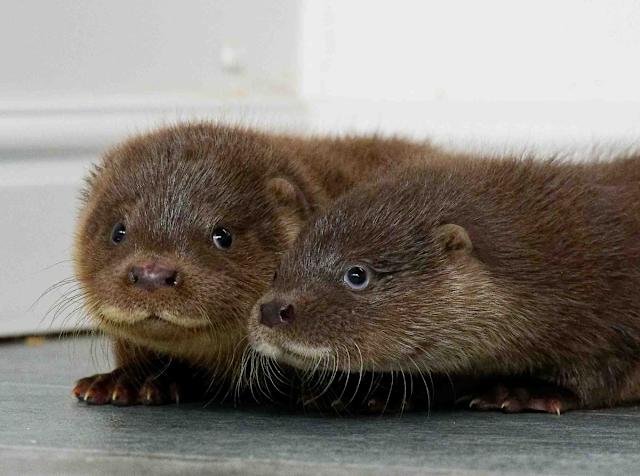
Supporting conservation organizations, reducing use of harmful products, and making sustainable choices in everyday life can also contribute to the survival of endangered wildlife.
